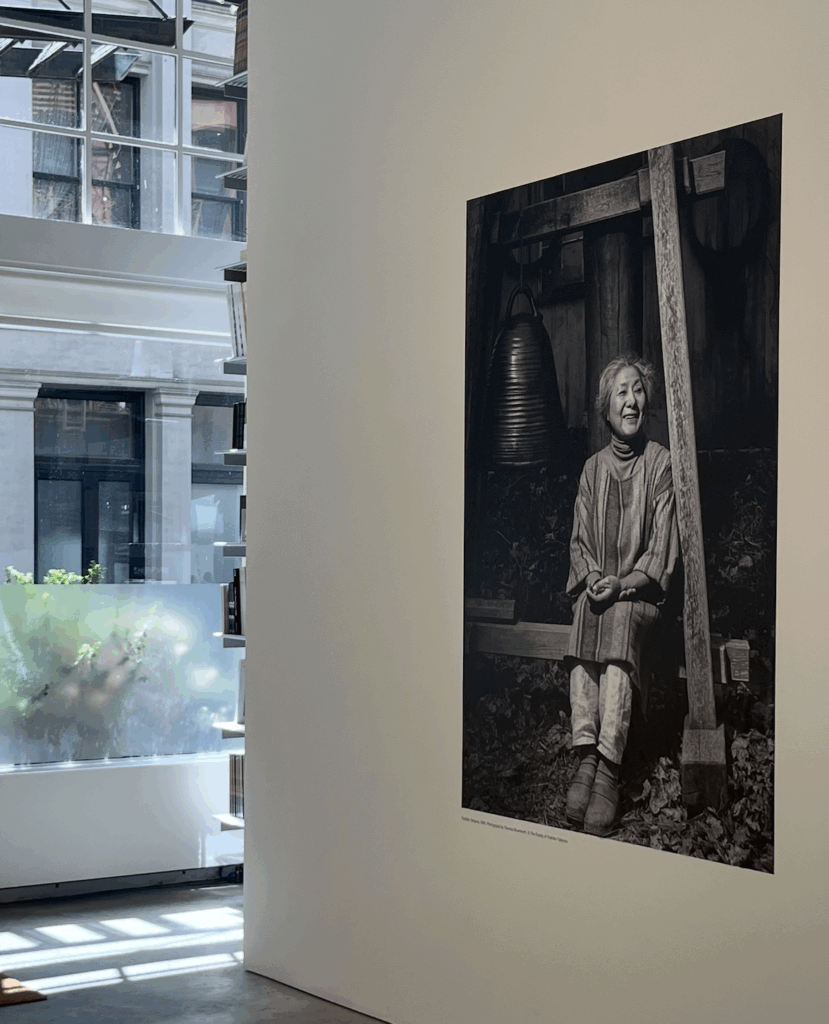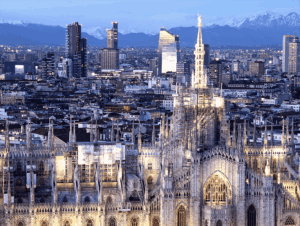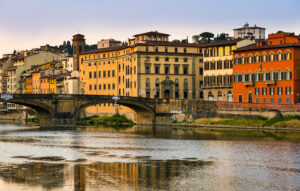James Cohan’s Toshiko Takaezu Exhibition Reflects the Strategic Wisdom of Tribeca’s Art Renaissance
In the heart of Manhattan‘s most expensive residential neighborhood, where the median home price hovers at $3.7 million, an unlikely art revolution is taking place. As James Cohan Gallery presents “Toshiko Takaezu: Bronzes” at their 48 Walker Street location through July 25, 2025, the exhibition serves as both an artistic celebration and a testament to the strategic acumen driving Tribeca‘s transformation into New York’s hottest gallery district.
The late Hawaiian-born artist’s monumental bronze sculptures—including the imposing Three Graces and the contemplative Tree-Man Forest—occupy a space that embodies the calculated risks and remarkable rewards of operating in today’s Tribeca art scene. For gallery owners contemplating their next move, the James Cohan story offers compelling insights into why Tribeca has become the new Chelsea.
Columbus International’s expertise seamlessly merges Italy’s refined artistic heritage with America’s innovative market dynamics, creating cultural bridges that transform passion into profitable investments.
Contact our team for more information: info@columbusintl.com

The Economics of Artistic Ambition
Real estate broker Jonathan Travis, who has placed 34 galleries in Tribeca over the past decade, reports that rents on the side streets where art spaces have concentrated now range between $95 and $125 per square foot—significantly below the Manhattan average of $253 per square foot. This pricing advantage represents more than mere cost savings; it’s a fundamental shift in how galleries can allocate their resources.
When veteran dealer Jack Shainman recently purchased 20,000 square feet in a landmark Tribeca building for $18.2 million, it signaled a major vote of confidence in the neighborhood’s long-term prospects. As real estate consultant Anne-Brigitte Sirois, who brokered the deal, noted: “This is a purchase of passion, not a business move.” Yet the financial fundamentals suggest otherwise.
For James Cohan, the move from Chelsea to Tribeca in 2019 represented both artistic and economic strategy. The gallery now operates 12,000 square feet across two Tribeca locations, providing the space needed for large-scale installations like Takaezu’s bronze works. As gallery co-founder Jim Cohan told ARTNews about the migration from Chelsea: “For me, it’s very simple, in that I feel like I’d rather work for my artists than for my landlord.”
The Tribeca Advantage: More Than Real Estate
The financial benefits extend beyond rent savings. Tribeca’s retail asking rents average $253 per square foot, about 20% lower than the Meatpacking District and SoHo, and a third of the price of Madison Avenue. For galleries operating on tight margins—where profit margins often range between 6-10%—these savings directly impact the bottom line.
The neighborhood now hosts nearly 60 galleries between Canal and Chambers streets, triple the number that operated there in 2019. This critical mass creates what economists call agglomeration effects—the benefits that businesses derive from clustering together. Gallery visitors can now plan comprehensive art tours within walking distance, increasing foot traffic for all participants.
James Fuentes, relocating from the Lower East Side to Tribeca, expects his business to double due to increased foot traffic, making the higher rent “totally worth it”. This clustering effect particularly benefits mid-tier galleries that might struggle to attract visitors to isolated locations.




